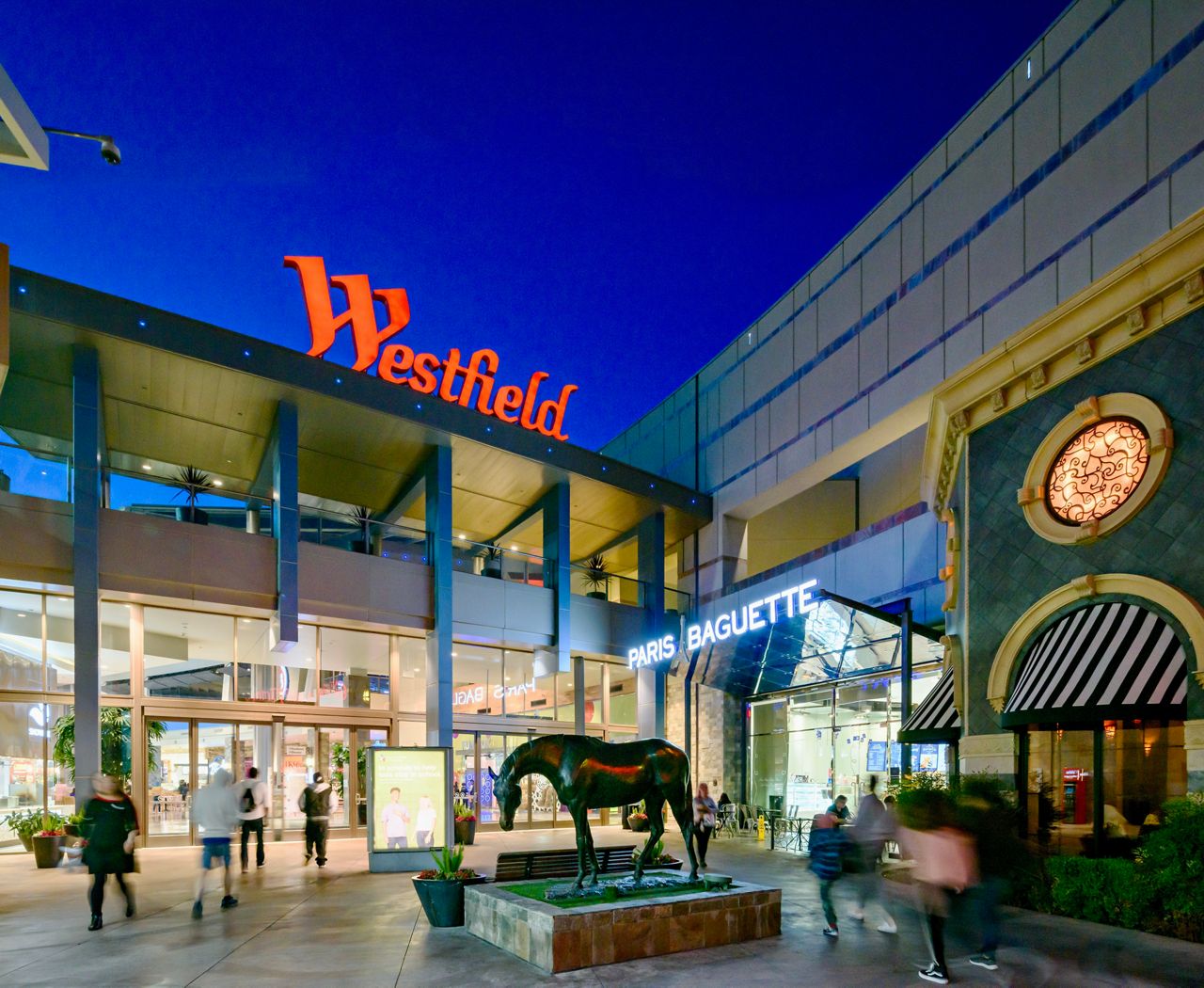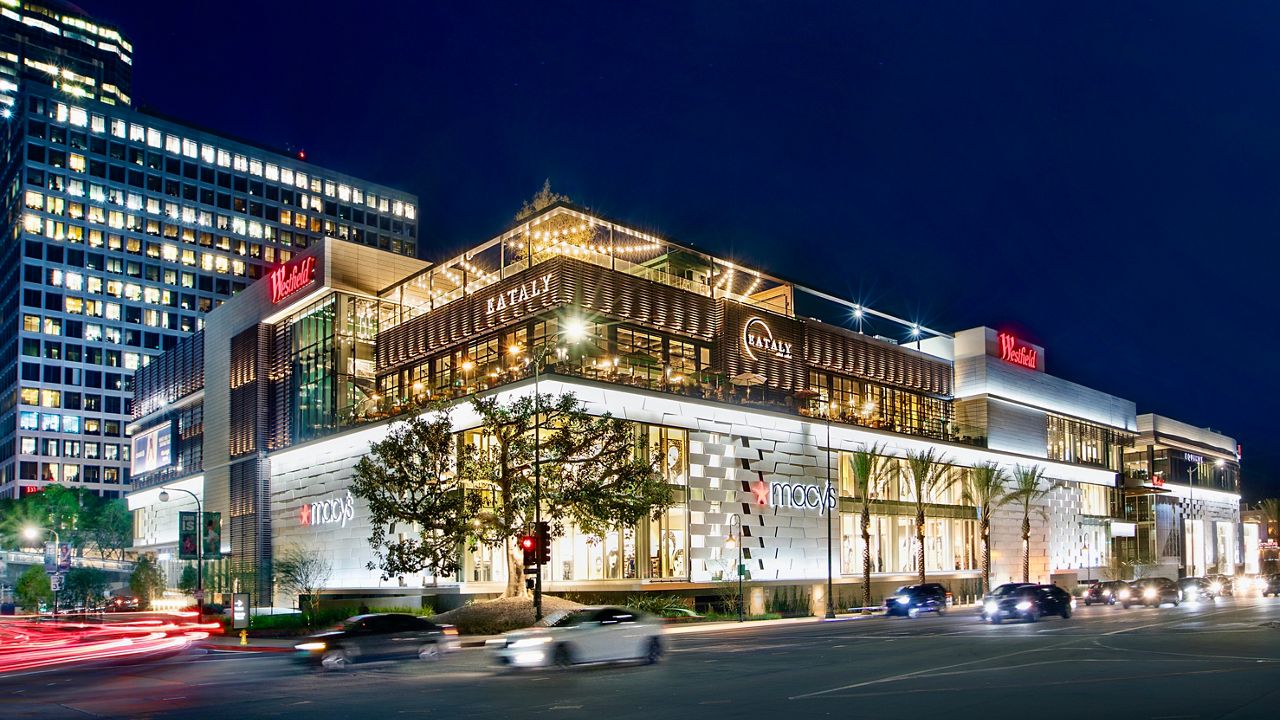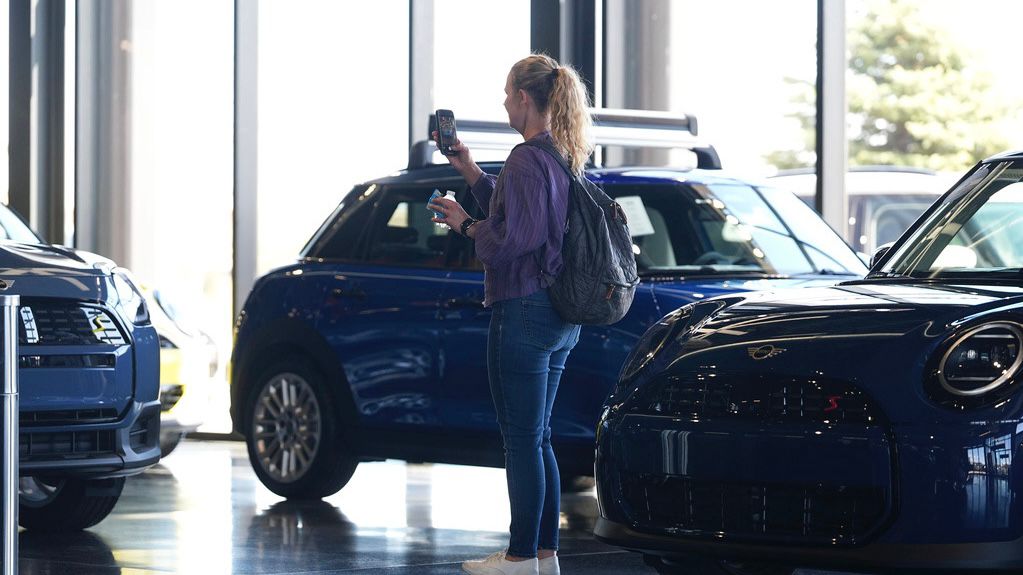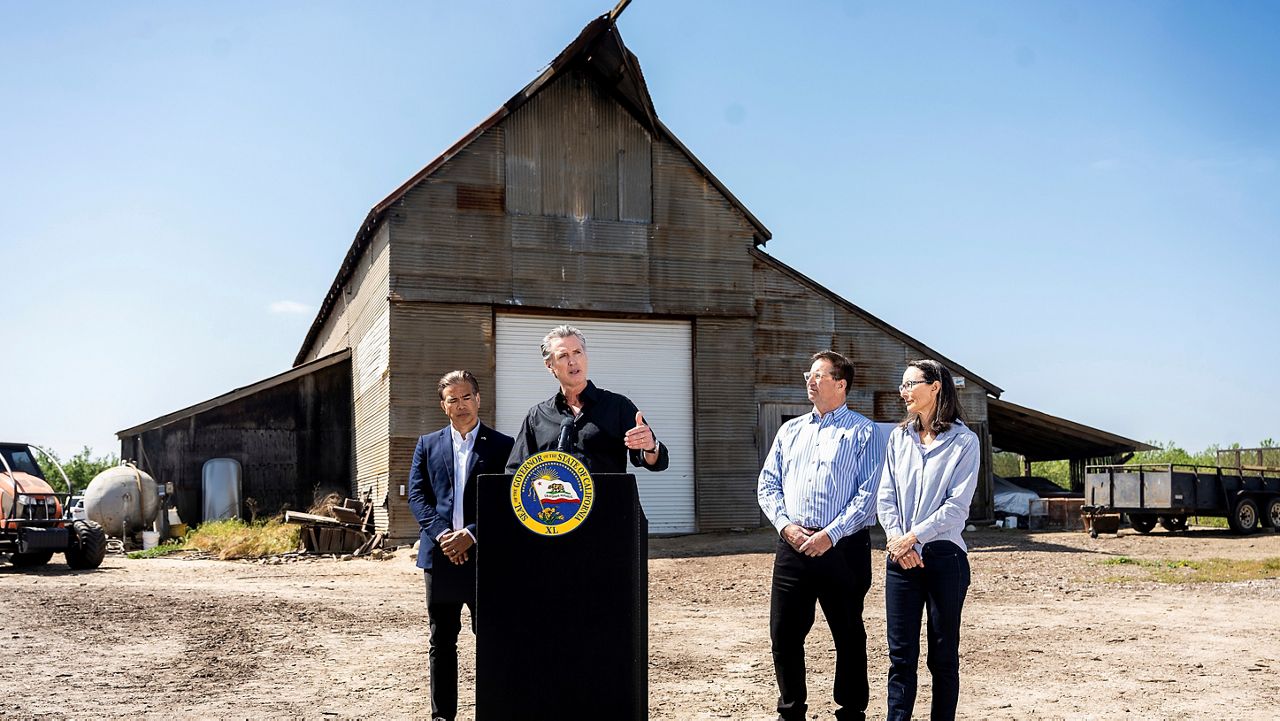LOS ANGELES — As the coronavirus pandemic continues and more shoppers opt to shop online, the owner of some of the most recognizable malls in the U.S. plans to sell their shopping centers nationwide.
Paris-based Unibail-Rodamco-Westfield officials told investors that they plan to sell their 24 Westfield malls in the U.S. in the next two years and focus solely on managing their European shopping centers.
"We will strengthen our core business by completing our deleveraging plans to emerge as a focused European pure-play," said Jean-Marie Tritant, chief executive officer of URW, during an investor meeting on March 30. "Deleveraging remains the key to unlocking future value, and we are progressing in our clearly defined disposal plans. We are positioned to execute on the radical reduction of our financial exposures to the U.S. over the course of 2022 and 2023."
URW's move comes as brick-and-mortar retailers and shopping mall owners nationwide rebound from sluggish sales due to the ongoing pandemic and battle more and more customers' rising preference to shop online and deliver goods to their homes.
Retail and shopping malls have been among the hardest hit business sectors during the first two years of the pandemic. Pandemic-related lockdowns, stay-at-home orders and general unease in public made many customers stay — and shop online from — home. More than two years in, shopping online has become the norm in some cases.
With many malls already struggling with a lack of foot traffic pre-pandemic, URW's move came as no surprise to many commercial real estate retail experts.
In the past several years, mall owners are already sinking tons of money to reposition their shopping centers into mixed-use residential, office, hotel and retail havens.

URW has 24 shopping centers nationwide in New York, Florida, Illinois and New Jersey. In Los Angeles, the company owns and operates some of the most popular malls in the region, including Westfield Century City, Topanga and the Village in Canoga Park, and the Westfield Santa Anita.
Worldwide, the company has more than 85 shopping centers, a few offices and a convention and exhibit business with an estimated worth of $54.5 billion.
Before the pandemic, URW invested heavily in repositioning and upgrading many of its mall properties into mixed-use or highly amenitized shopping experiences. In 2017, Westfield sunk more than $1 billion in upgrading Westfield Century City.
Jennifer Taylor, the managing principal of Ambiculture Advisors, said she wasn't surprised that URW plans to pull out of the U.S. retail market.
"I know the narrative out there is e-commerce killed retail; no, it wasn't. It was over-retailing that killed retail," said Taylor to Spectrum News. "They are performing better in Europe than in the U.S."
The U.S. has more than 8.5 billion square feet of retail, or about 24.5 square feet per capita. In Europe, the average retail per capita is 4.5 square feet.
"Retail is demand-driven. We have more retail space than we need," said David Greensfelder, founder and managing principal at Greensfelder Real Estate Strategy.
Greensfelder said that despite the narrative that URW may have been a victim of the retail apocalypse, which is something he doesn't believe, there would be a lot of demand for these mall assets once it's available for sale.
A URW spokesperson did not return Spectrum News' message for comment.
"All of these shopping centers tend to be really well-located," he said. "These properties have a lot of redevelopment potential. There's going to be a scramble for those. You're going to see the highest-profile owners of malls go after those. It's an opportunity to scoop up great malls that have stood the test of time."
Now is the time to reposition these assets, something more in line for today's generation of shoppers, said Taylor.
"I think this is a great opportunity for developers and consumers," she said. "You get the opportunity to reposition something relevant today post-pandemic. It's a great way to press the pause button and figure out the highest and best use of these massive pieces of real estate."










